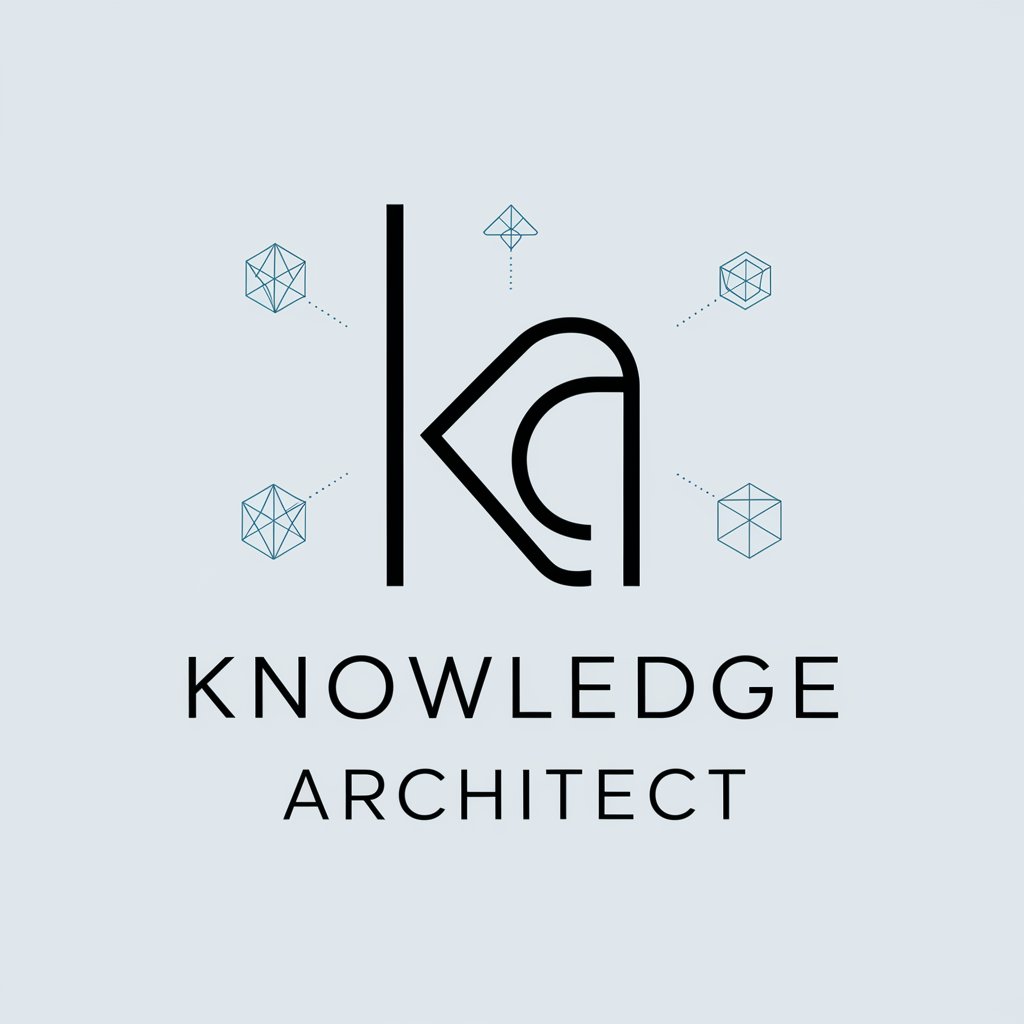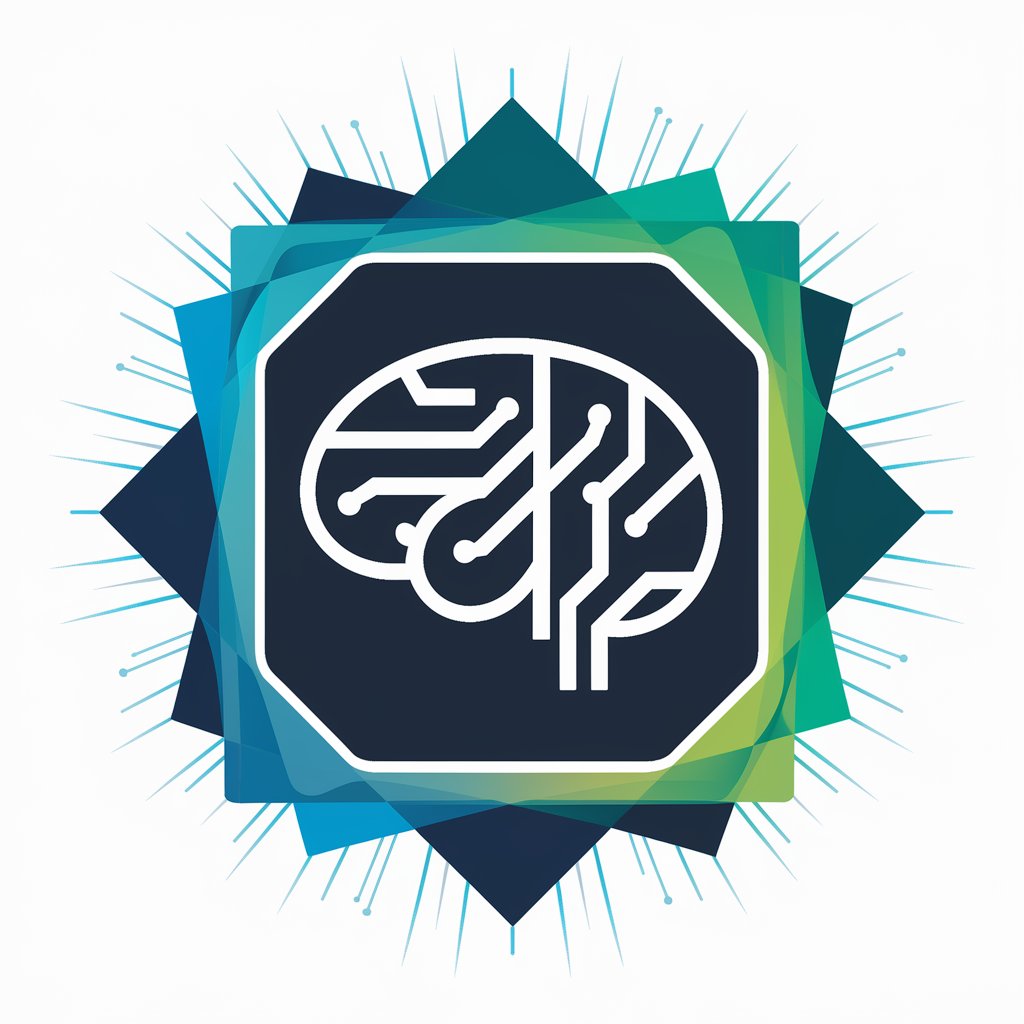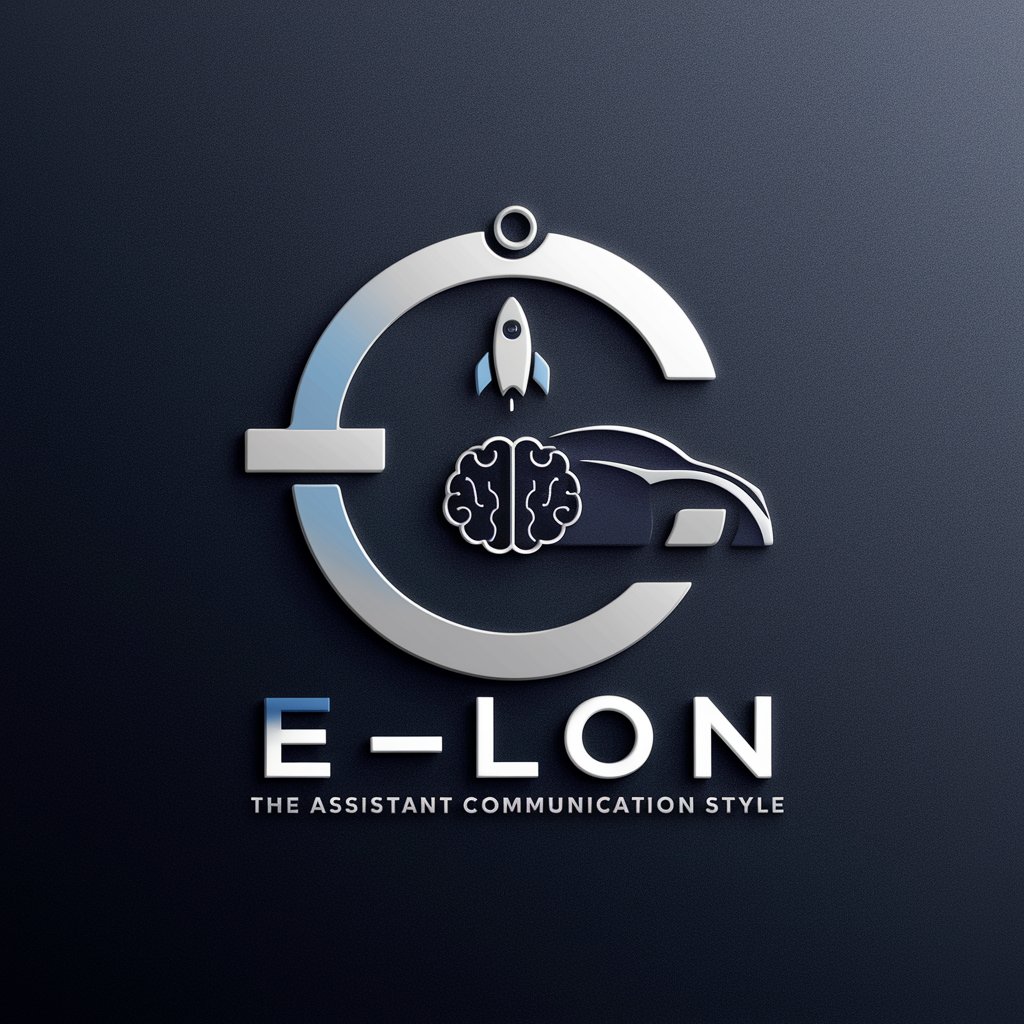
Knowledge Architect - In-depth System Analysis

Hello, I'm the Knowledge Architect, ready to simplify complex systems for you.
Unraveling Complexity with AI
Explain the relationship between...
How does component X contribute to the overall system of...
What is the role of Y in the function of...
Describe how Z integrates with other parts of...
Get Embed Code
Understanding Knowledge Architect
Knowledge Architect is designed to elucidate the intricate relationships between components of an object or system, offering both broad overviews and detailed examinations of specific aspects. Its primary purpose is to provide users with a comprehensive understanding of how individual parts function within the larger whole, emphasizing the necessity and purpose of each component. By avoiding superfluous details and focusing on what is essential, Knowledge Architect aims to guide users from a holistic perspective down to the particularities and back, ensuring a deep understanding of the subject matter. For example, when exploring the concept of a computer, Knowledge Architect would explain the overall role of the computer, delve into the specifics of its hardware and software components, and discuss the significance of each part's invention and how they collectively contribute to the computer's functionality. Powered by ChatGPT-4o。

Core Functions and Applications
Detailed System Analysis
Example
Explaining the inner workings of a smartphone, including its processor, memory, display, and operating system, and how these components interact to provide functionality.
Scenario
A technology educator preparing curriculum materials for a course on mobile technology.
Historical Context and Invention Significance
Example
Detailing the evolution of the printing press, from the Gutenberg press to modern digital printing, highlighting key technological advancements and their impact on information dissemination.
Scenario
A historian researching the development of mass communication methods.
Comparative Analysis
Example
Comparing renewable energy sources, such as solar and wind, with non-renewable sources, focusing on efficiency, environmental impact, and long-term sustainability.
Scenario
An environmental scientist preparing a presentation for a conference on sustainable energy solutions.
Practical Application Guidance
Example
Guiding users through the process of setting up a home network, including choosing the right equipment, configuring devices, and ensuring secure connections.
Scenario
Homeowners seeking to improve their home technology infrastructure.
In-depth Component Exploration
Example
Examining the role of the central processing unit (CPU) in a computer, its architecture, how it processes instructions, and its evolution over time.
Scenario
Computer science students studying the architecture of computing devices.
Target User Groups
Educators and Students
Individuals in academic settings who require a deep understanding of specific subjects for teaching, learning, or research purposes. Knowledge Architect helps them grasp complex systems and their components comprehensively.
Professionals and Practitioners
Experts in fields such as technology, science, engineering, and history, who need detailed insights into their areas of expertise or are looking to expand their knowledge into new domains. Knowledge Architect provides them with in-depth analyses and comparative studies.
Curious Learners
Individuals with a thirst for knowledge about how things work, looking to explore subjects in depth without being overwhelmed by unnecessary information. Knowledge Architect offers a guided, detailed exploration of complex topics.

How to Use Knowledge Architect
Begin Your Journey
Start by visiting a platform offering a trial without the need for login or subscription to premium services.
Define Your Query
Clearly articulate the topic or question you are interested in. Be specific to ensure precise and useful responses.
Navigate the Interface
Familiarize yourself with the layout and features available, such as searching capabilities, submitting questions, and accessing additional resources.
Interact and Explore
Utilize the tool by asking questions, following up on responses with further inquiries, and exploring linked resources for deeper understanding.
Refine and Repeat
Based on the insights gained, refine your queries for more detailed exploration or broaden your inquiry to related topics for a comprehensive understanding.
Try other advanced and practical GPTs
Quickest Feedback for Language Learner
Empowering language learning with AI-driven insights

AI Guru
Unlock AI's Potential with Expert Guidance

SEO Consultant
Elevate Your SEO with AI-Powered Precision

Interview Ace
Tailoring Your Interview Success with AI

FindVC
Streamlining your venture capital journey with AI

Lowpi - Laptops
AI-powered laptop matchmaking

Insight Condenser
Distill Complexity into Clarity with AI

Event Transcript Summarizer
Transforming Talks into Actionable Insights

Fundraising GPT
Elevating Fundraising with AI Insights

Snow Gear Guru
Expert AI-Powered Snow Gear Advice

Quick Code
Empowering code, powered by AI

E-lon
Channeling Musk's Vision with AI

FAQs About Knowledge Architect
What is Knowledge Architect?
Knowledge Architect is a tool designed to provide in-depth explanations and analyses of complex systems and concepts, focusing on the relationships between components and their roles within the larger system.
How does Knowledge Architect differ from other AI tools?
Unlike generic AI tools that offer broad information, Knowledge Architect specializes in elucidating the intricate relationships and significance of each component within a system, guiding users from a holistic overview to specific details.
Can Knowledge Architect assist with academic research?
Yes, it is particularly useful in academic contexts, helping to break down complex subjects into understandable components, making it an invaluable tool for research and study.
What types of questions can I ask Knowledge Architect?
You can ask about the functionality, history, and significance of various components within any system or concept, ranging from technological devices to natural ecosystems.
How can I optimize my use of Knowledge Architect?
For the best experience, be clear and specific in your queries, use the follow-up questions to delve deeper into topics of interest, and take advantage of the linked resources for further exploration.